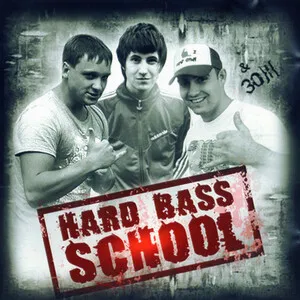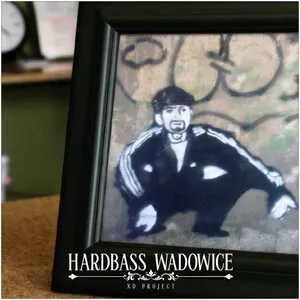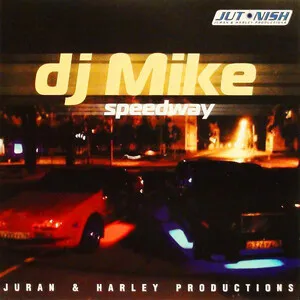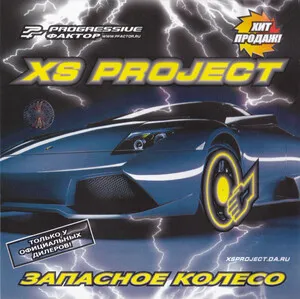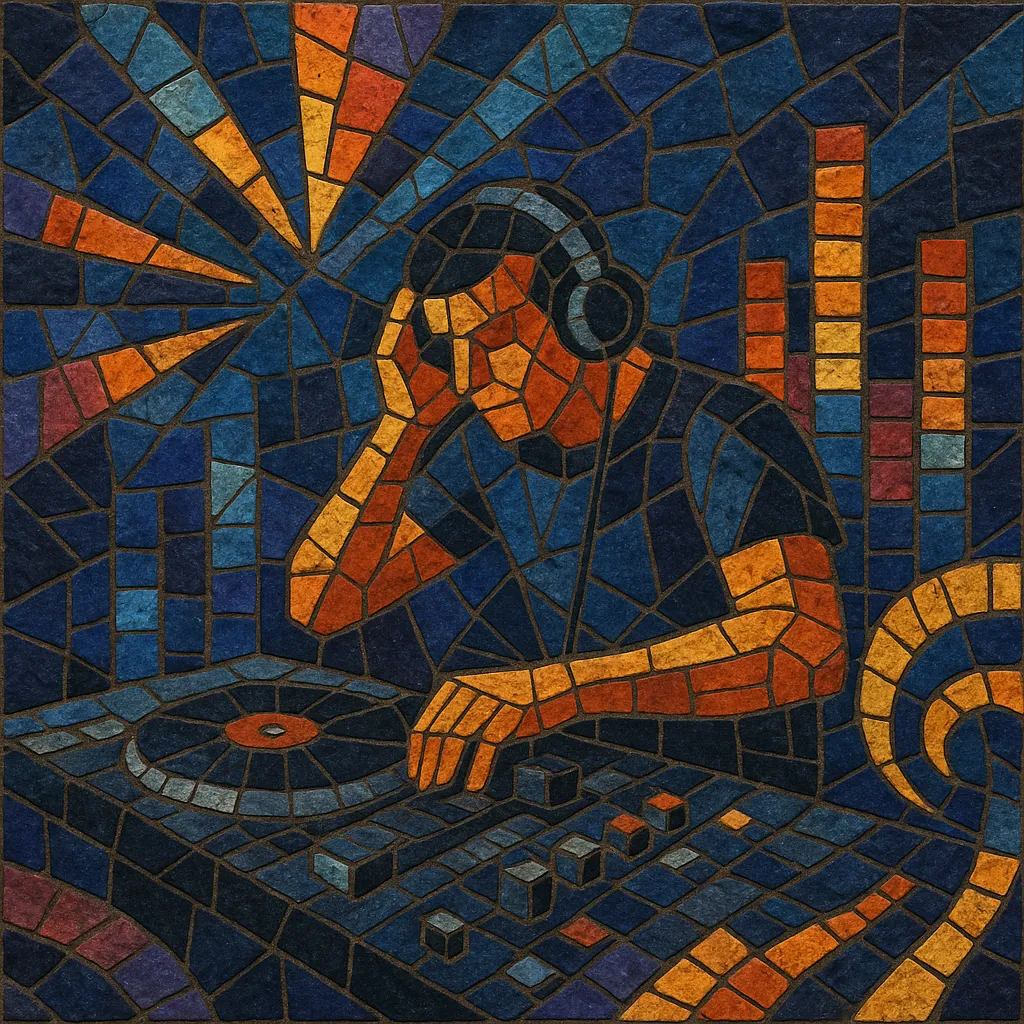
Scouse house is a high-energy Northern English offshoot of hard dance that blends the drive of UK hard house with the hooks and vocals of Euro-trance and Eurodance. Typically running at 140–150 BPM, it is defined by a bouncy 4/4 groove, an off‑beat, percussive FM “donk” or rubbery reverse‑bass, big supersaw leads, bright piano/organ stabs, and euphoric pop choruses.
Songs often feature pitched or time‑stretched toplines, simple, uplifting diatonic progressions, and DJ‑friendly structures with 16/32‑bar intros and outros. On dancefloors across Liverpool, Wigan, and beyond, the style became synonymous with feel‑good vocals, hands‑in‑the‑air breakdowns, and punchy, instantly recognizable drops.
Scouse house coalesced in Liverpool and the North of England as local DJs spliced the driving 4/4 of UK hard house with the melody‑forward sensibility of Eurodance and trance. Clubs such as Club 051, The State, Maximes (Wigan), and Pleasure Rooms incubated a distinctly “bouncy” hard dance sound: faster than mainstream house, friendlier than hardcore, and built for peak‑time sing‑alongs.
In the early–mid 2000s, labels and compilations tied to All Around The World/Clubland pushed the style nationally. Chart‑crossing acts and remix outfits delivered vocal‑led bangers with euphoric breakdowns and tough, rubbery bass. The characteristic FM “donk” stab became a calling card, while Northern venues and mix CDs popularized countless scouse remixes of pop and trance records. Parallel scenes flourished in Scotland and Australia, where “Scouse House” compilations and tours cemented the sound.
The sound’s off‑beat FM stab was widely nicknamed “donk,” a term that spread through club chatter, YouTube, and viral culture. While sometimes tongue‑in‑cheek, the meme helped the scene reach new ears and defined a subcurrent often labeled simply “donk.”
Though mainstream peaks subsided, scouse house/bounce persisted through dedicated brands, events, and online communities. Modern producers fold in cleaner mixes and contemporary sound design while retaining core tropes: fast 4/4, big vocal hooks, and buoyant off‑beat bass. Periodic nostalgia waves and internet virality continue to introduce the style to new generations of clubbers.

